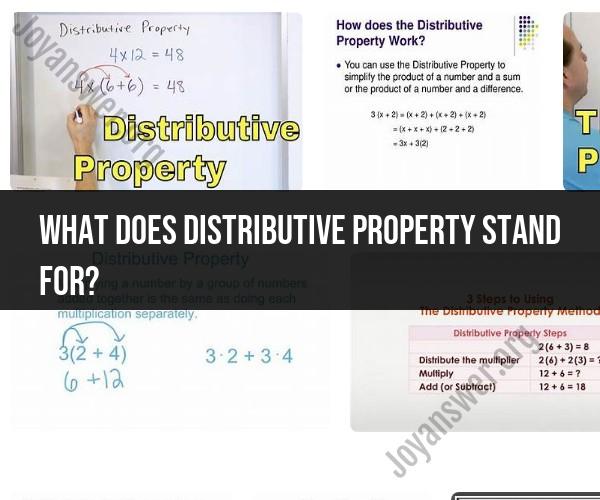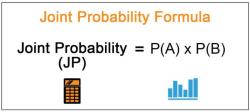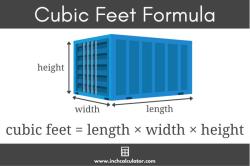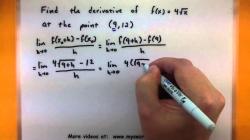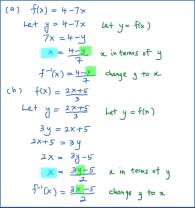What does distributive property stand for?
The distributive property is a fundamental mathematical concept that stands for a set of rules governing how multiplication interacts with addition or subtraction. It's a fundamental property in algebra and arithmetic that allows us to simplify expressions and perform calculations more efficiently. The distributive property can be formally defined as follows:
For any numbers a, b, and c, the distributive property states that:
a * (b + c) = (a * b) + (a * c)
In other words, it stands for the idea that you can distribute (or distribute across) a multiplication operation over an addition (or subtraction) operation. This property allows us to break down complex expressions into simpler components and facilitates various mathematical operations.
Here's what the distributive property stands for:
Simplifying Expressions: It enables us to simplify algebraic expressions by distributing a factor across the terms inside parentheses. For example, it allows us to simplify expressions like 3 * (x + 2) into 3x + 6.
Expanding Expressions: It helps expand expressions, making it easier to perform calculations. For instance, you can expand (a + b)(c + d) using the distributive property to obtain ac + ad + bc + bd.
Distributing and Factoring: The distributive property is crucial in factoring and distributing terms when working with algebraic equations and expressions. You can distribute a common factor or factor out a common term using this property.
Combining Like Terms: It allows for the combining of like terms when simplifying expressions. For example, when you have terms like 2x + 3x, you can apply the distributive property to combine them into 5x.
Working with Real-Life Scenarios: The distributive property is not just a mathematical concept; it has practical applications in various fields. For example, it can be used in distributing resources or costs in business and economics.
Fundamental Building Block: It serves as one of the foundational properties in mathematics, along with the commutative, associative, and identity properties. These properties underlie many mathematical operations and equations.
In summary, the distributive property stands for the principle that multiplication can be distributed over addition or subtraction, and it plays a crucial role in simplifying expressions, expanding equations, and making mathematical calculations more manageable. Understanding and applying this property is fundamental to success in algebra and arithmetic.
What does the distributive property stand for in mathematics?
The distributive property of multiplication over addition is a mathematical property that states that multiplying a sum by a number is the same as multiplying each term of the sum by the number and then adding the products. In other words, it allows us to distribute a number over a sum.
Can you explain the underlying concept and purpose of the distributive property?
The underlying concept of the distributive property is that it allows us to break down a multiplication problem into smaller, more manageable parts. This can be useful for simplifying expressions and solving multiplication problems.
The purpose of the distributive property is to make mathematics easier and more efficient. It allows us to perform complex calculations more quickly and easily.
How does the distributive property relate to the basic operations of addition and multiplication?
The distributive property relates to the basic operations of addition and multiplication in the following way:
- The distributive property is a property of multiplication. It tells us how multiplication behaves when we distribute it over addition.
- The distributive property can be used to simplify expressions involving addition and multiplication. For example, we can use the distributive property to simplify the expression as follows:
5(2 + 3) = 5(2) + 5(3) = 10 + 15 = 25
- The distributive property can also be used to solve multiplication problems involving addition. For example, we can use the distributive property to solve the following problem:
How many apples are in 5 bags of 3 apples each?
To solve this problem, we can use the distributive property to write the following equation:
5(3) = 3 + 3 + 3 + 3 + 3
This equation tells us that the number of apples in 5 bags of 3 apples each is the same as the sum of 3 apples 5 times. The answer to the problem is 15 apples.
What are the benefits and advantages of using the distributive property in mathematics?
There are many benefits and advantages of using the distributive property in mathematics. Here are a few examples:
- The distributive property can be used to simplify expressions. This can make it easier to solve problems and to perform calculations.
- The distributive property can be used to solve multiplication problems involving addition. This can make it easier to solve problems in the real world.
- The distributive property can be used to develop a deeper understanding of mathematics. By understanding how the distributive property works, students can develop a better understanding of multiplication and addition.
How to grasp the fundamental principles of the distributive property?
One of the best ways to grasp the fundamental principles of the distributive property is to use concrete materials. For example, you could use blocks or counters to show students how to distribute a number over a sum. You could also use rectangular areas to illustrate the distributive property.
Another way to grasp the fundamental principles of the distributive property is to use real-world examples and applications. For example, you could show students how to use the distributive property to calculate the total cost of a group of items.
By using concrete materials, real-world examples, and applications, you can help students grasp the fundamental principles of the distributive property.
Here is a simple example of how to use concrete materials to illustrate the distributive property:
Example:
Use 5 blocks to represent the number 5. Then, divide the blocks into two groups, one group of 2 blocks and one group of 3 blocks. This represents the distributive property equation .
Now, count the number of blocks in each group. There are 10 blocks in the first group and 15 blocks in the second group. This represents the answer to the equation, which is 25 blocks.
By using concrete materials, students can see and understand the distributive property in action. This can help them to grasp the fundamental principles of the distributive property.
